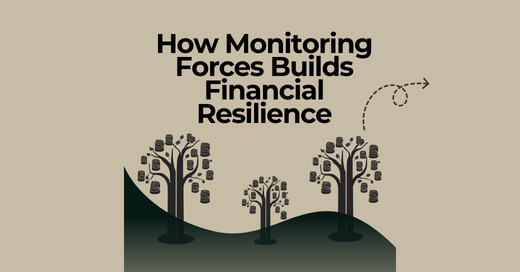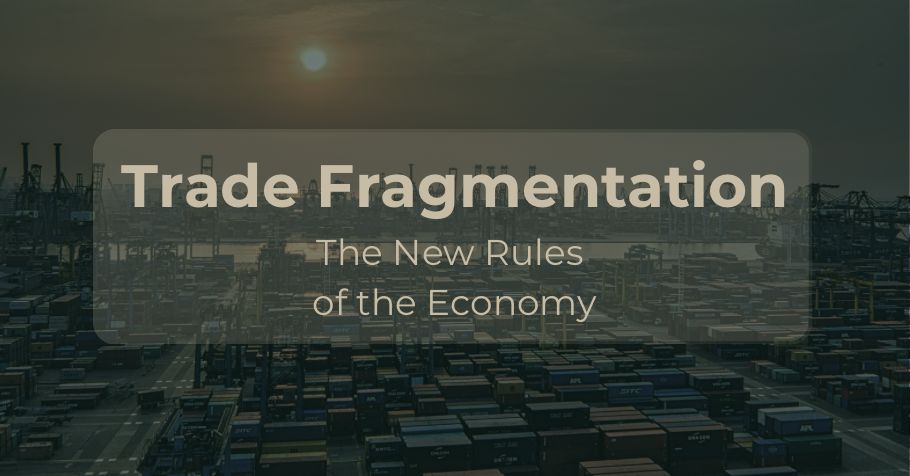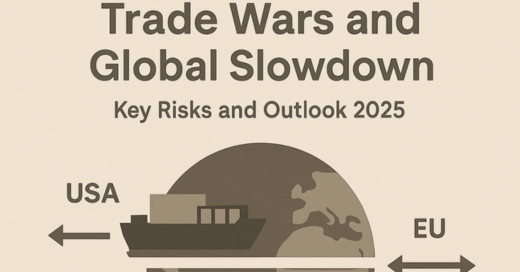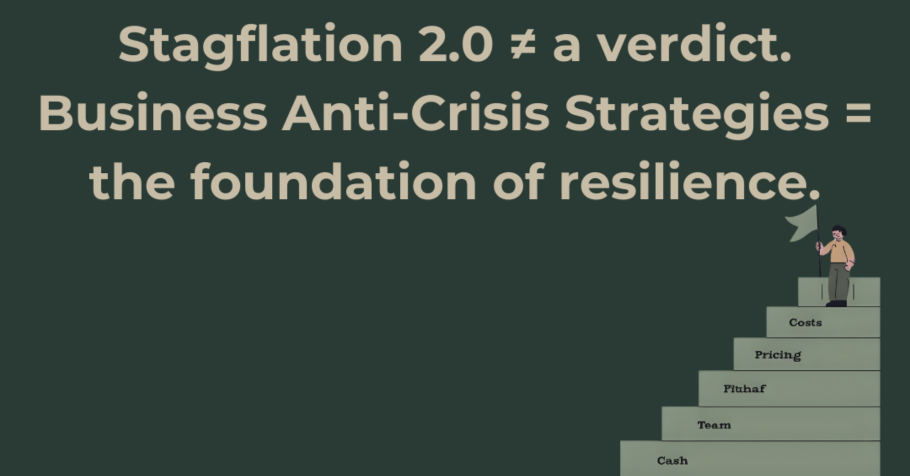Both the public and private sectors must be financially resilient to succeed in the uncertain world of today. Beyond mere survival, organisations must adapt to ongoing market shifts, technological advancements, geopolitical shifts, and unforeseen crises. Organisations need to develop resilience in the face of uncertainty. Monitoring impact forces effectively is one way to accomplish this.
These forces encompass political, social, technological, and economic aspects. Businesses and governments can respond swiftly to opportunities and threats by keeping an eye on them. This article examines current data and trends to demonstrate how monitoring systems help Europe’s financial resilience. The Role of Monitoring in Financial Resilience
Agility: The Foundation of Financial Resilience
According to McKinsey, 70% of executives believe agility is key to resilience (source).
This highlights the need for fast adaptation. Regularly tracking market signals, customer preferences, and competitor actions helps organisations update their strategies quickly. As a result, they become more flexible and better prepared for change.
Drivers: The global economy is unstable. Technology is evolving quickly. Customer behaviour is hard to predict. For these reasons, static business models often fail.
Outcomes: Agile companies bounce back from crises faster. They also take advantage of new opportunities more effectively. This enhances their overall financial resilience.
Real-Time Analytics Improve Decision-Making
Deloitte reports that companies using real-time analytics make decisions 20% faster (source).
Speed is vital in volatile markets. Real-time data helps leaders evaluate risks and act promptly. For example, monitoring systems allow price changes or supply chain adjustments on short notice.
Drivers: As data becomes more accessible, real-time tools are easier to implement. Competitive pressure also pushes firms to make faster decisions.
Outcomes: Timely decisions help companies stay ahead. They can change marketing strategies or develop new products quickly. These actions directly boost financial resilience.
Strengthening SMES and Government Response
Early Risk Detection for SMES
Around 45% of European SMES with early warning systems report less harm during downturns (source).
SMES often have fewer resources. As a result, they are more vulnerable to sudden shocks. Early detection tools help identify risks like dropping demand or rising raw material costs.
Drivers: Small businesses are usually more fragile than large firms. They need tools to increase stability.
Outcomes: SMES using monitoring systems recover faster. They avoid bankruptcies and improve long-term financial resilience.
Faster Government Reactions in Crises
Governments using real-time socio-economic data respond 15% faster in crises (source).
Quick responses are vital during pandemics, disasters, or financial shocks. Monitoring tools help assess unemployment, inflation, and public sentiment.
Drivers: Governments realise the need for timely and focused support. Technology now makes this possible.
Outcomes: Effective responses reduce harm. They also build trust and reinforce public sector financial resilience.
Enhancing Market Readiness and Long-Term Planning
Customer Monitoring for Market Fit
Firms tracking customer sentiment are 10% more responsive to changes (source).
Customer feedback and online trends offer valuable insights. For example, companies can modify their products or services based on shifting demands.
Drivers: Consumer needs change constantly. Businesses must keep up.
Outcomes: Companies that adjust quickly enjoy higher satisfaction and loyalty. These are key to financial resilience.
Forecasting With Predictive Analytics
Spending on predictive analytics tools in Europe rose 25% in two years (source).
Predictive tools use historical and current data to model future scenarios. This enables proactive decision-making.
Drivers: Organisations want to reduce uncertainty. Predictive analytics offers clearer planning.
Outcomes: Better planning helps firms avoid losses and lets governments prepare for possible crises. In both cases, this improves financial resilience.
Risk Management in the Financial and Digital Arenas
Stress Testing the Financial Sector
Over 50% of European financial institutions use stress tests to assess resilience (source).
They simulate crisis scenarios to evaluate financial strength. These tests rely on regular monitoring of economic indicators.
Drivers: Past crises and regulations encourage institutions to stay prepared.
Outcomes: This approach builds system-wide stability. It also strengthens public trust and investor confidence.
Protecting Reputation Through Monitoring
Roughly 35% of European firms monitor digital channels for reputational risks.
Bad press or social media backlash can spread quickly. Negative news can harm a company’s image and bottom line.
Drivers: Public perception can change fast. Companies need real-time awareness.
Outcomes: Quick reactions to threats protect brands. This also supports long-term financial resilience.
Emerging Trends and Future Outlook
Trends Shaping Financial Resilience
Several trends show how monitoring enhances financial resilience:
- Proactive strategies: Companies move from reactive to proactive responses.
- Tech integration: AI and cloud tools make monitoring more powerful.
- Focus on agility: Adapting quickly is now a must.
- Reputation management: Digital presence needs careful monitoring.
- Broader stress testing: More sectors are using this method.
What the Future Holds
Looking ahead, impact monitoring will become even more important. Here are some future developments:
- Platforms that merge different data sources.
- Personal alerts that flag urgent issues.
- Monitoring systems linked to decision tools.
- More advanced analytics that predict trends.
- Increased cooperation between the public and private sectors.
Our expert guidance in business forecasting will help you mitigate threats and transform external challenges into strategic opportunities. [Contact Us]
Conclusion
Monitoring impact forces is essential for strong financial resilience. Data proves that firms and governments using such systems are more agile and better prepared. Real-time analytics, predictive tools, and stress testing all play a role.
As uncertainty grows, so will the need for robust monitoring. To succeed, organisations must build a culture of data-based decision-making. Doing so will ensure they remain strong, stable, and competitive in a fast-changing world.





